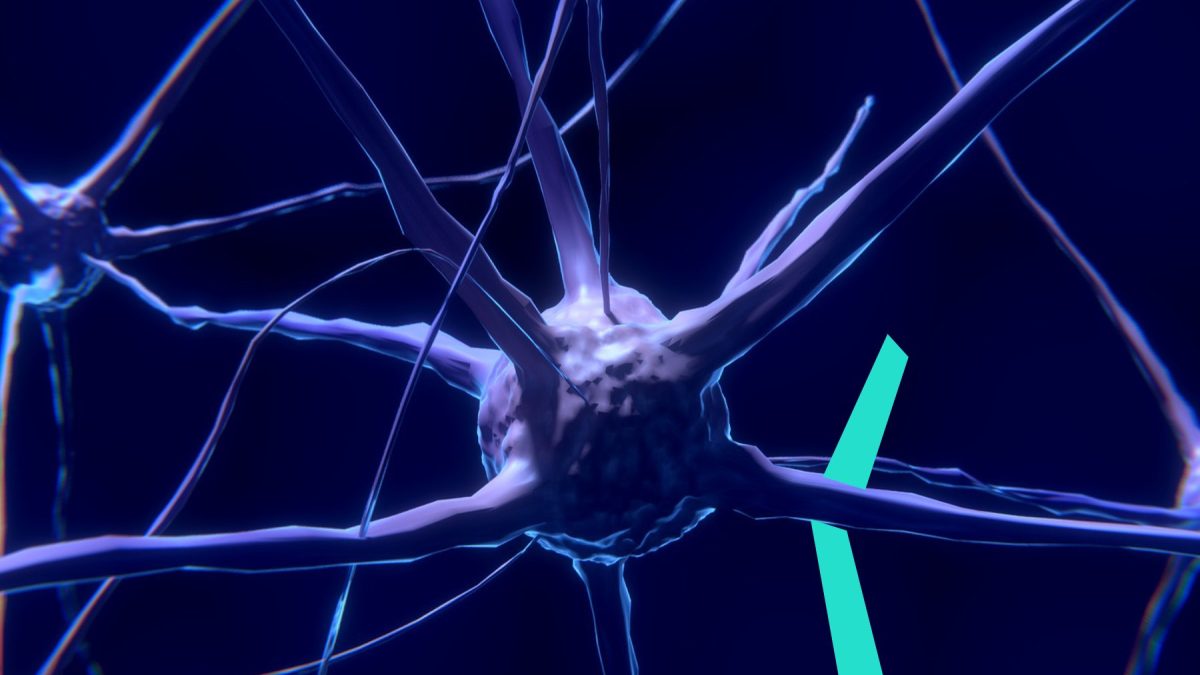The nervous system plays a vital role in regulating both the body and mind. As a central part of the nervous system, the brain is responsible for many complex functions. To make its workings easier to understand, it is helpful to think of the brain as having three main parts:
- The Neocortex – the “thinking brain” (also called the “human brain”)
- The Limbic Area – the “emotional brain” (or “mammalian brain”)
- The Survival Brain – the “automatic brain” (the medulla oblongata, or “reptilian brain”)

1. The Thinking Brain (Neocortex)
The neocortex is the center of conscious thought. It is responsible for:
- Decision-making
- Organizing behavior
- Determining right from wrong
- Processing sensory input
- Forming intelligence and personality
This is the large, folded structure that sits at the top of the brain and is easily visible. It is the part most associated with our higher human capabilities, such as logic and awareness.
2. The Emotional Brain (Limbic Area)
The limbic system lies deeper in the brain and includes a critical structure called the amygdala. The amygdala continuously evaluates whether situations are safe or dangerous. It is hardwired to remember anything perceived as threatening and to sound an alarm if similar danger is detected in the future.
After a traumatic event, this appraisal system can become overly sensitive. It may trigger the body’s stress response even when no real danger exists. For example, someone who was assaulted might later feel fearful upon hearing footsteps behind them, even in a safe setting. Their heart may race, and they may feel a strong urge to flee.
The limbic system cannot be seen from the outside. It lies deep within the brain, like a seed in the center of a plum.
3. The Survival Brain (Brainstem)
The survival brain activates instinctively when a threat is perceived. This area governs automatic survival functions such as:
- Increasing heart rate
- Accelerating breathing
- Releasing stress chemicals like adrenaline and cortisol
These physiological changes prepare the body to fight, flee, or freeze in order to survive. This structure, known as the brainstem, connects the brain to the spinal cord and lies at the base of the skull.

Understanding Human Behavior Under Threat
Humans are mammals, very highly advanced mammals, but mammals all the same. The human brain has evolved to incorporate, amongst other things, the capacity for: language, reasoning, creativity, philosophy and self-awareness. The higher brain functioning enjoyed by humans sets us apart from other mammals. Yet the human brain evolved to possess advanced capabilities, and the higher levels rest upon more instinctive and reflexive structures – figuratively and literally.
The brain is hierarchically organized into:
- The lower brain (reptilian) – governs unconscious regulation of internal balance
- The midbrain (limbic system) – involved in memory, emotion, motivation, and learning
- The upper brain (neocortex) – responsible for higher-order thinking, self-reflection, and reasoning
Additionally, the brain has two hemispheres:
- The left brain manages linear, logical, and language-based processing
- The right brain is more closely linked to emotion, nonverbal communication, and autonomic regulation
Trauma significantly affects the lower and midbrain structures, particularly in the right hemisphere. This explains why humans instinctively respond to threat before any conscious thought takes place.
How the Brain Prioritizes Survival
Many people have experienced reacting to danger before consciously recognizing it. For example, a man walking through the Australian bush may freeze before realizing that the object on the ground is not a snake, but a stick. The brain’s first priority is to ensure survival, so it triggers defensive responses instantly. Only afterward does the neocortex assess the situation more rationally.
In such moments, immediate survival needs override all other goals, including higher-level reasoning or long-term thinking.
The Role of the Amygdala
“The amygdala is the key component in neural networks involved with fear, attachment, early memory, and emotional experience throughout life.”
All sensory input entering the brain is routed through the thalamus, located in the reptilian brain, and then sent to the amygdala in the limbic system. This routing is fast by design, allowing the amygdala to scan incoming information for danger.
If the amygdala identifies a threat—whether real or perceived—it immediately activates the hypothalamus, which then:
- Releases stress hormones
- Stimulates the sympathetic nervous system (SNS) to prepare for action
At the same time, a slower signal is sent from the thalamus to the hippocampus and cortex, which evaluate the context more thoroughly. If no actual threat is found, this signal calms the amygdala.
Returning to the earlier example, the hippocampus and cortex may eventually recognize that the “snake” is actually a harmless stick, prompting the body to relax. However, if the threat is confirmed or overwhelming, higher brain functions shut down. The body focuses entirely on short-term survival, often at the expense of clarity or memory.

Dissociation: When the Brain Shuts Down
When trauma overwhelms the brain’s ability to cope, dissociation can occur. This is the brain’s way of protecting itself by disconnecting from emotional pain. Dissociation may allow a person to survive the moment, but it can have long-term consequences.
Over time, unresolved trauma and dissociation can lead to:
- Emotional numbness
- Hyperarousal
- Aggression
- Hypervigilance
People may swing between feeling disconnected from their body and emotions, and feeling constantly on edge.
The Five Fs: How Humans Respond to Threat
When the amygdala detects danger, it can trigger one or more of five common defense responses (Ogden & Minton, 2000; Porges, 1995 & 2004):
- Friend
- Fight
- Flight
- Freeze
- Flop
1. Friend
Friend is the earliest and most socially oriented defense. Even as infants, humans instinctively cry to draw caregivers closer. As children grow, they may seek help, negotiate, or appeal to others for safety. This social engagement system remains active throughout life.
A child who smiles or laughs while being scolded may be unconsciously attempting to defuse danger through social engagement.
2. Fight
Fight involves direct resistance to threat. This may appear as aggression, or more subtle forms such as defiance or saying “no.”
3. Flight
Flight is an attempt to create distance from the threat. This might involve running away, backing off, or—in children—hiding.
4. Freeze
When neither fight nor flight feels viable, the body may enter a freeze state. As described by Peter Levine, freeze offers advantages in the animal kingdom:
- Predators are less likely to notice still prey
- Some predators avoid eating “dead” animals
- The freeze state acts as a natural anesthetic during attack
In human interactions, however, freeze is often misinterpreted. A frozen individual may be wrongly seen as consenting to abuse.
5. Flop
If the freeze response fails, the body may shift to flop. This occurs when the autonomic nervous system (ANS) moves from sympathetic arousal to parasympathetic dominance.
In flop:
- The body becomes limp
- Muscles lose tension
- Mind and body become passive and compliant
- Higher brain function is likely impaired
This response helps reduce harm by yielding physically and psychologically. People in flop may appear extremely submissive and make little or no protest, hoping this passivity will ensure survival.
Final Thoughts
Understanding the neurobiology of trauma sheds light on why traumatized individuals respond the way they do—instinctively, reflexively, and often without conscious control. These responses are not signs of weakness or failure. They are adaptive survival mechanisms, deeply wired into the human brain.
Recognizing this is essential for both survivors and those supporting them, as it helps to validate reactions, reduce shame, and create space for trauma-informed healing.


